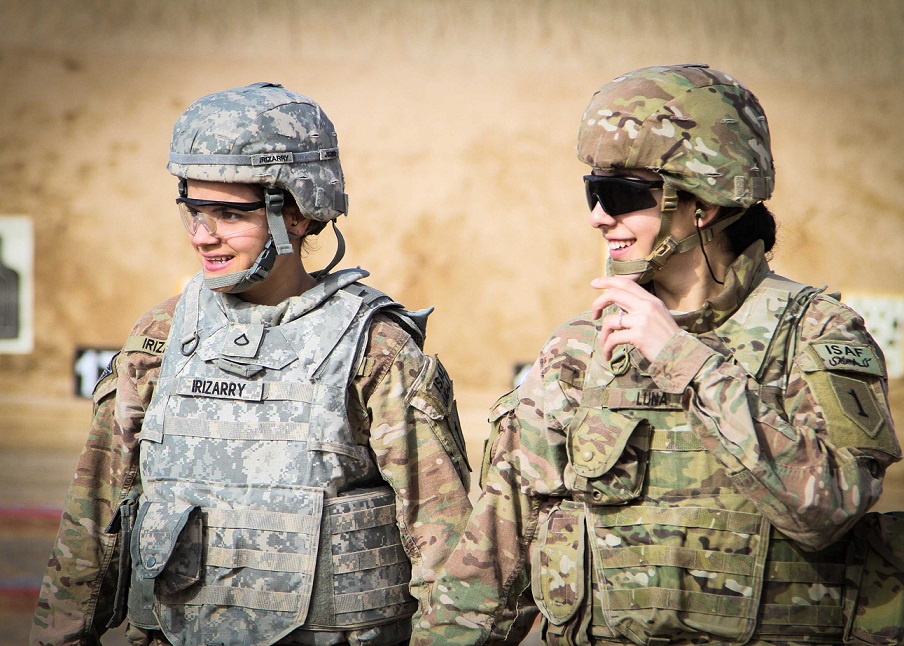
This post is also available in:
 עברית (Hebrew)
עברית (Hebrew)
U.S. Special Operations Command soldiers will soon have new helmets, designed to provide ballistic protection and accommodate the newest hearing protection and head-mounted communications devices.
That helmet is known as the Integrated Head Protection System. The IHPS allows users to add a mandible, visor and “applique” for an extra layer of protection.
SOCOM has recently awarded a $95 million contract to Gentex, which oversees Ops-Core, maker of the helmet, according to the government website fbo.gov. Online pricing shows individual helmets on the retail market costing about $1,400 each without optional accessories.
The Army’s currently issued Advanced Combat Helmet has a mid-cut, the same as the design used for many of the Enhanced Combat Helmets (ECH), also made by Gentex. The IHPS also has one hole in its shell for attachments instead of the five in the ECH, which means it offers better ballistic protection.
The Marine Corps last year began an evaluation of a new helmet for its personnel and was looking at possibly adopting either the mid-cut Enhanced Combat Helmet or the high-cut Ops-Core helmet, which was already in use with MARSOC at the time, according to militarytimes.com. The evaluation will help the military better understand the trade-offs for various shapes of helmets which will inform future helmet requirements.
Marine Corps Systems Command conducted research and development by taking 92 mid-cut and 109 mid- and high-cut ECH helmets for the evaluation. “The Marine Corps is buying a small quantity of mid cut and high cut helmets to conduct ballistic testing and limited user evaluations to develop a better understanding of the trade-offs between ballistic protection, situational awareness, and hearing system integration,” Barbara Hamby, a spokeswoman for SYSCOM said at the time.
The helmets include a rail mount system for items such as flashlights or strobes. The high-cut configuration accommodates the use of large hearing protection and communication headsets such as the Peltors commonly sported by MARSOC.
The Marine Corps announced last September that it planned to purchase between 7,000 and 65,000 Peltor-type headsets in the coming years. Marine Raiders have used Peltor headsets for several years. The equipment provides hearing protection and enhanced situational awareness on the battlefield.

























